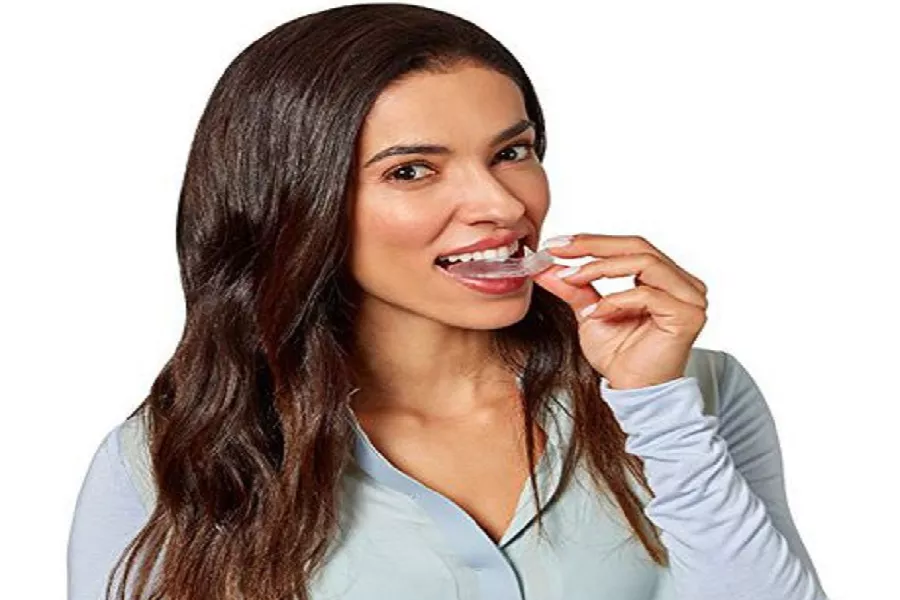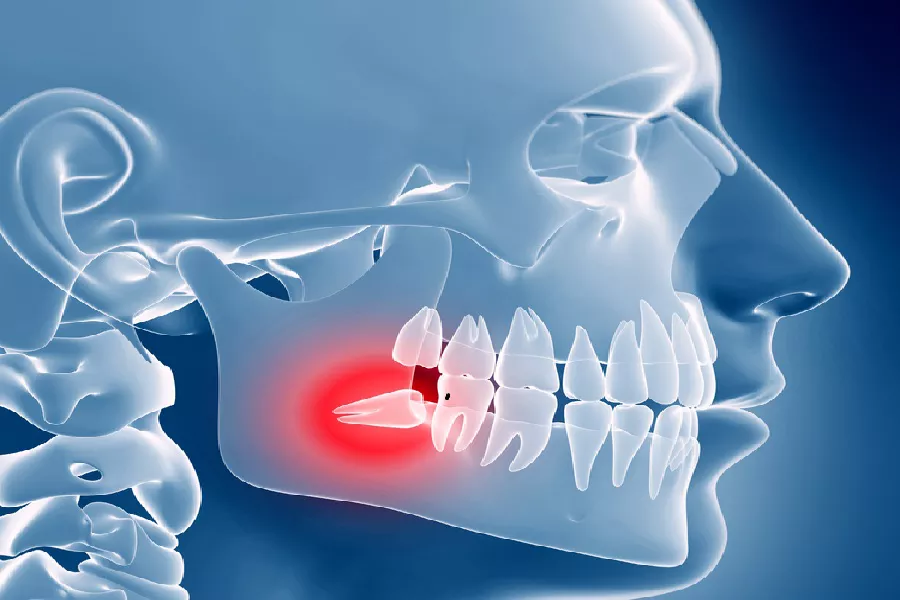Laser teeth whitening is the most advanced, fastest and most effective high-tech and powerful teeth whitening method in the world today for the treatment of tetracycline teeth, fluorosis and other black and yellow teeth. The whitening principle of the laser system is that the ion laser activates the catalyst at a specific wavelength, and the catalyst decomposes the bleaching agent into free atoms, which can penetrate deep into the teeth and are widely combined with the pigment molecules in the discolored teeth. When enough laser energy is irradiated on the teeth, it can remove the pigment molecules in the decaying decomposition, so that the discolored teeth can be whitened from the inside out, and the teeth will be naturally white after whitening.
The laser whitening time is generally 2 hours, and some severely discolored teeth only need 2 to 3 times to achieve the whitening effect. The bleaching effect generally lasts for more than 10 years. After histological experiments and research, the laser has no damage to the teeth and the human body. Therefore, this method is currently the most ideal new technology for teeth whitening.
“Tetracycline teeth” and “fluorosis teeth” refer to taking tetracycline drugs (including tetracycline, oxytetracycline, doxycycline, gold toxin, etc.) or drinking the High fluoride water (more than 1.5 mg per person per day), tetracycline molecules or too much fluoride damages the ameloblasts during enamel development, causing discoloration of teeth and hypoplasia of enamel, forming “tetracycline teeth” or “fluorosis teeth”.
The main treatment methods for tetracycline and dental fluorosis: First, use home-use bleaching agent. This method is mainly to apply the medicine on the tray, wear it on the tooth when resting at night, and remove it in the morning. The method needs to be used more than 15 times before it can be markedly effective, and it has a certain effect on mild tetracycline teeth and fluorosis teeth. The second is the use of phosphoric acid drugs in the affected tooth. This method has a certain decomposition and removal effect on the superficial pigment on the tooth surface, and this method has a certain corrosion effect on the teeth and gums. The third is to apply hydrogen peroxide or carbamide peroxide to the discolored teeth and irradiate them locally with infrared lamps. This method has certain curative effect on moderate and mild tetracycline teeth and fluorosis teeth. The fourth is to cover the discolored teeth with porcelain veneers or light-curing resins.






























